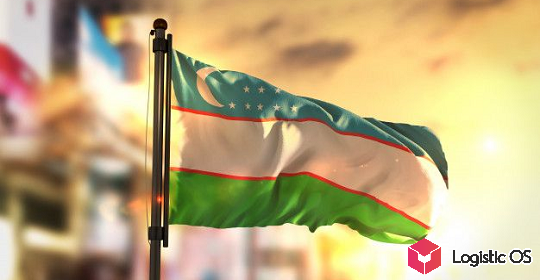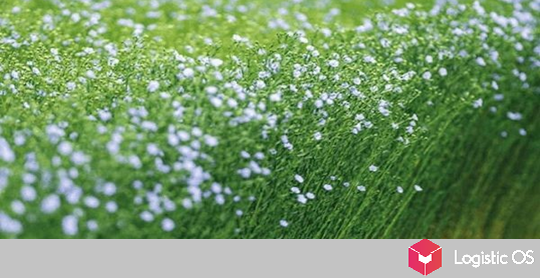Next year, even more money will be spent to support the program to involve agricultural land in circulation than this year.
It is planned that approximately 38 billion rubles will be allocated for these purposes, while the amount for this year was 25 billion.
The amount of support for 2023 has already been agreed by the State Duma, and the Federation Council should also approve it in the near future, as Prime Minister Mikhail Mishustin said at a meeting with his deputies.
Investing in agro-industrial complex brings good returns
As Mishustin noted, this sector shows new record results almost every year.
For example, this time Russian farmers managed to harvest about 150 million tons of grain, of which about 100 million tons of wheat.
In addition, other industries within the agro-industrial complex are actively developing. For example, genetics and seed production.
This is all the more relevant now that a significant proportion of the seeds used by Russian farmers are still imported from abroad.
If it were possible to carry out import substitution in this area, this would significantly increase the independence of Russia, including food.
In addition, a significant part of the products of the Russian agricultural complex is grown for export, and in general, the sector is a significant source of replenishment of the country’s budget.
The government fights for the preservation and return of land
One of the most important tasks in the field of supporting the agro-industrial complex is to promote the involvement in the circulation of as much land as possible.
As Deputy Prime Minister Victoria Abramchenko noted, about 400,000 hectares have been saved and returned to circulation this year.
It is planned that in the next season this can give an additional 2 million tons of crop.
In addition, much attention is paid to keeping in circulation those lands that may fall out of it.
For example, in order to avoid this, 15 reclamation structures were built this year, the task of which is to prevent the loss of land due to the loss of its fertility.
In parallel with this, work is underway to prevent flooding of areas intended for agricultural needs. In particular, for this, reclamation canals are being cleared.
This year, the “champions” in terms of agricultural land growth are Siberia and the Far East, as well as the Trans-Baikal Territory.
Digitalization will come to agriculture
As Abramchenko noted, in order to increase land fertility and their more efficient use, it is planned, among other things, to conduct a digital accounting of the quantitative and qualitative characteristics of land, and in addition, add this information to the Rosreestr database.
The compilation of special digital maps-schemes this year was carried out for 12 million hectares of land, next year it is planned to expand this area by another 39 million hectares.

